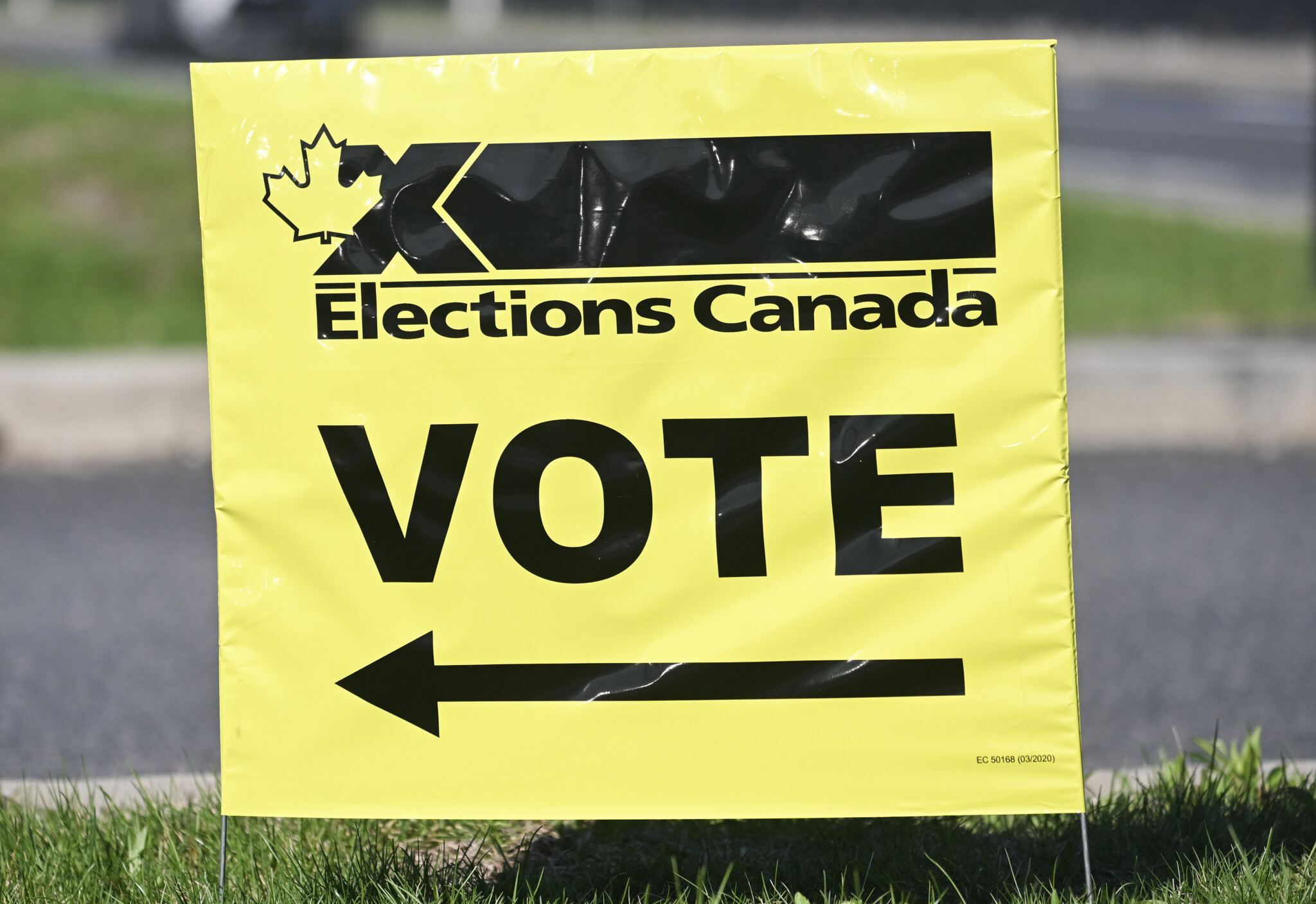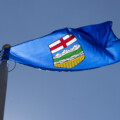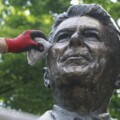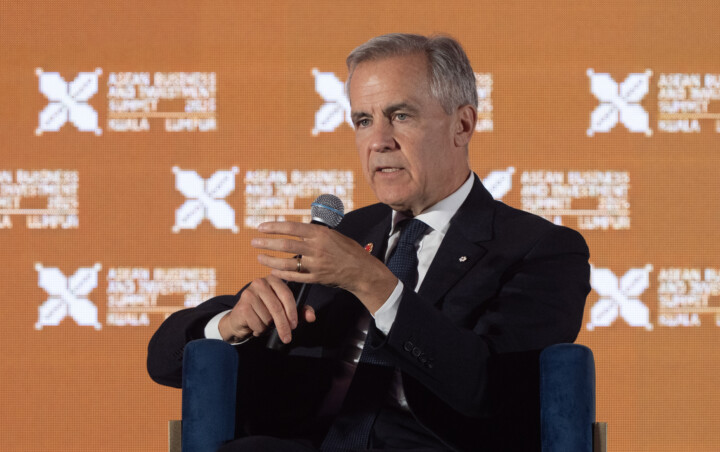Welcome to Think Tank, your Saturday dive into thought-provoking research from think tanks, academics, and leading policy thinkers in Canada and around the world, curated by The Hub. Here’s what’s got us thinking this week.
The election has come and gone. The result of what felt like one of the most consequential elections in recent history, given Donald Trump’s hyperbolic bluster, was, for all intents and purposes, the status quo.
The Liberals will get another minority government and likely turn to the NDP as their dance partner, albeit a much leaner partner.
The Conservatives, for their part, despite increasing their seat and vote share, lost a massive lead in pre-election polls. They have a lot to figure out if Canada is turning to a two-party system.
While there will be plenty of time to analyze the results, let’s examine two aspects that haven’t received enough attention: youth turning conservative and voter turnout.
Is this a moment for youth Conservatism?
The Hub has published a lot in the last few years about the rightward shift of young Canadians. While much of our commentary has focused on Millennial and Gen Z voters, it looks like Gen Alpha, which is Canadians aged 15 and under (those born between 2010 and 2024), might also be part of this youth rightward shift.
Each election, the Student Vote initiative, a partnership between Civix and Elections Canada, offers elementary, intermediate, and high school students a chance to cast a ballot for the candidates in their school’s electoral district.
This year, almost 915,000 votes were reported from nearly 6,300 schools, with results from all 343 electoral districts.
The results were as follows:
- The Conservative Party won 164 seats and 36.4 percent of the popular vote, forming a minority government. Pierre Poilievre won in the riding of Carleton, ON.
- The Liberal Party won 146 seats and 31.8 percent of the popular vote, forming the official Opposition. Mark Carney won in the riding of Nepean, ON.
- The Bloc Québecois won 18 seats and 2.2 percent of the popular vote. Yves-François Blanchet won in the riding of Beloeil—Chambly, QC.
- The NDP won 13 seats and 14.5 percent of the popular vote. Jagmeet Singh lost in the riding of Burnaby South, B.C.
- The Green Party won two seats and 7.4 percent of the popular vote. Jonathan Pedneault lost in the riding of Outremont, QC, and Elizabeth May won in Saanich—Gulf Islands.
Overall, Canadian students would have awarded the Conservatives a minority government with 164 seats, a 20-seat swing from the actual election results. For the Liberals, the Student Vote results were 23 fewer seats and a turn as Canada’s official Opposition.
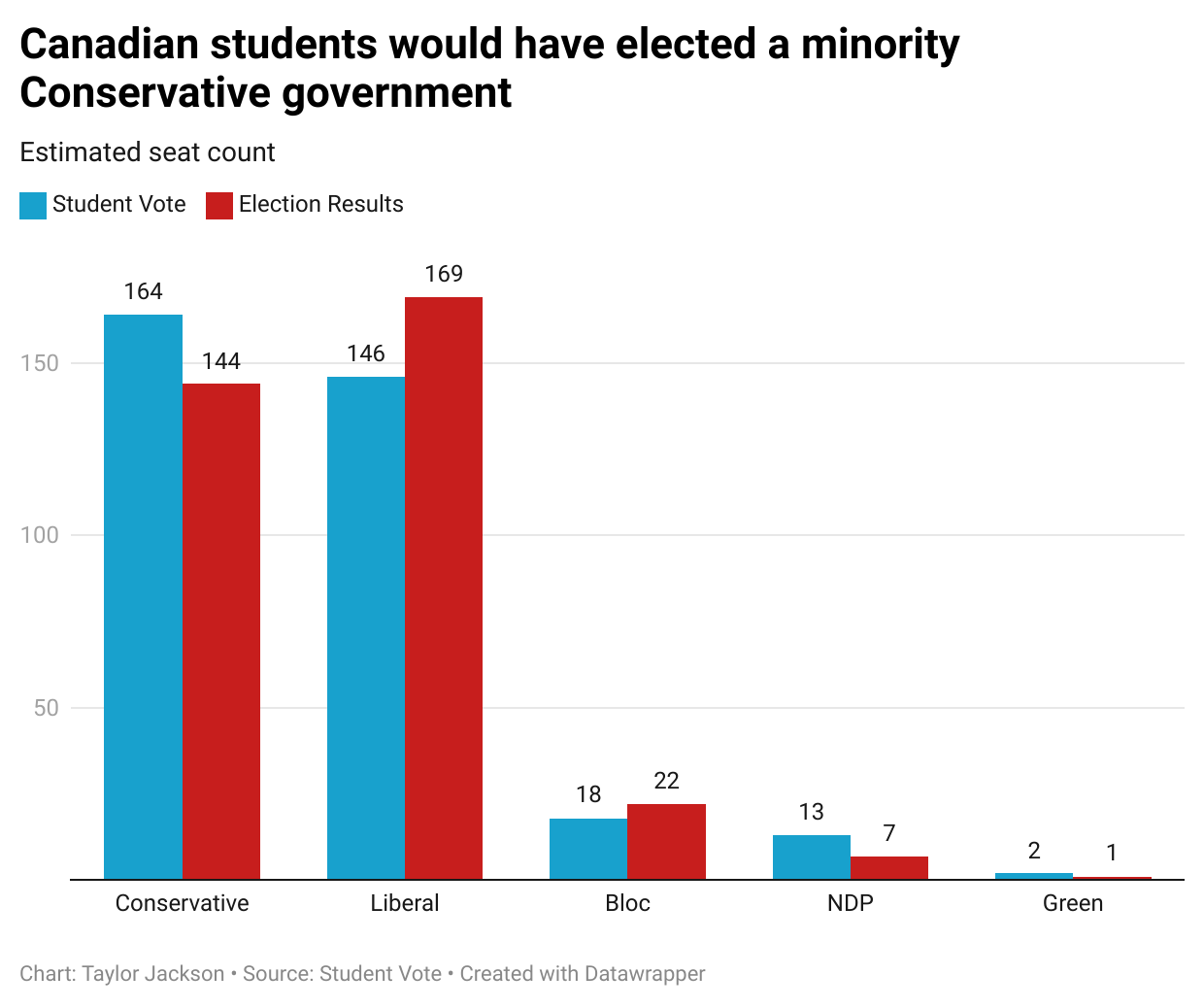
Part of what explains the better results for the Conservatives is that the Left vote among students didn’t consolidate. The NDP’s vote share among students was more than two times larger relative to the election outcome. The disparities in vote share between students and adult voters were even higher for the Green Party.
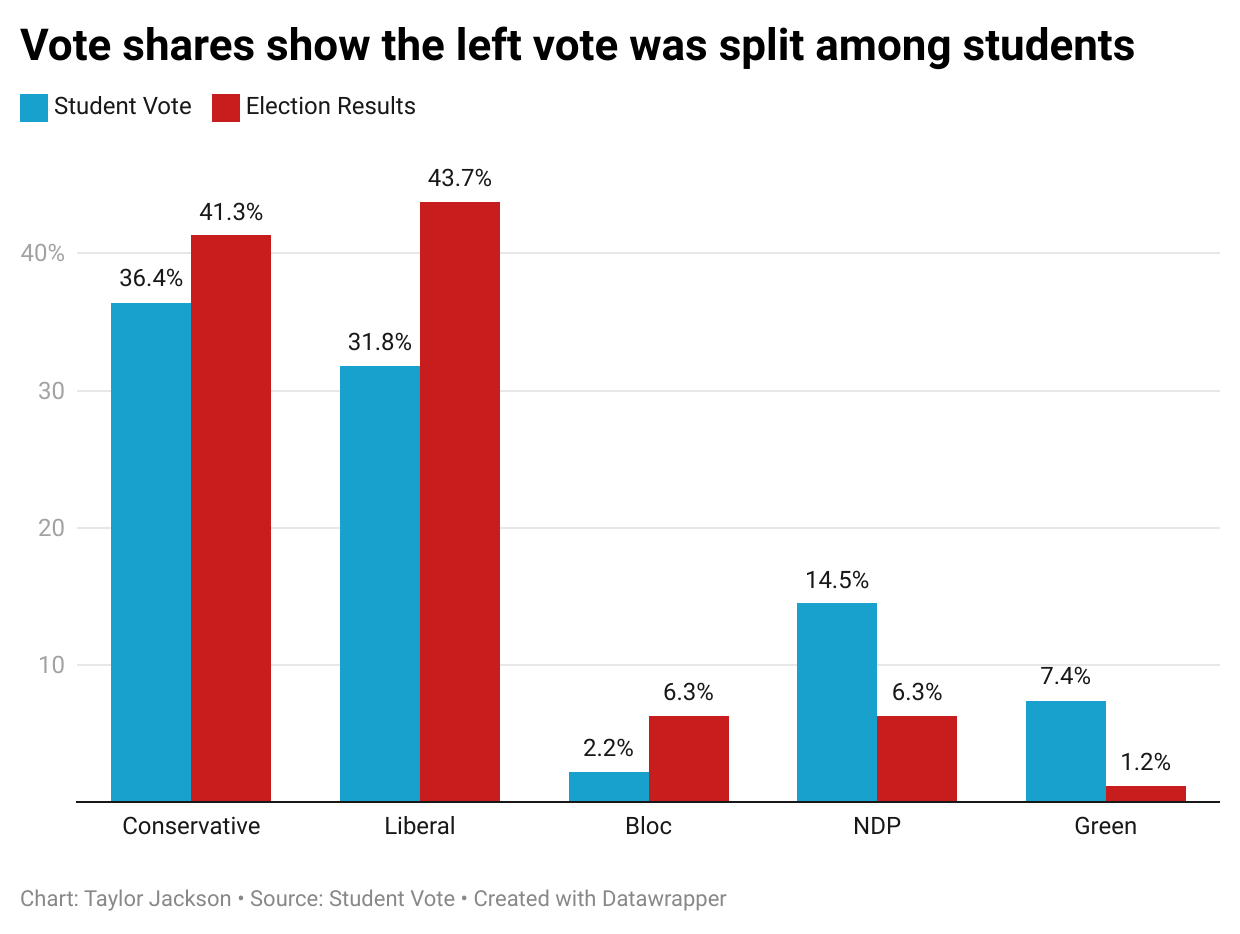
It’s difficult to tell how much we should read into these results if we are trying to understand potential patterns of youth political realignment. For instance, it’s possible that students simply reflected the voting preferences of their Gen X and Millennial parents, who likely trend towards the Conservatives.
That being said, it will be interesting to see if these results hold as the current crop of primary and secondary students ages into being able to cast ballots. Time will tell if we’re going to see a youth Conservative wave.
One thing is sure. Keep this up students, and Conservatives will start leading the charge on lowering the voting age.
More than 30 percent of eligible voters stayed home
Whether it was President Trump’s threats or frustration with the economic outcomes of the lost decade, there seemed to be a lot riding on this election. Record turnout at advanced polls appeared to indicate as much.
Yet, data from Elections Canada on vote totals suggests over 30 percent of eligible voters stayed home.
To put that into perspective, as a share of total eligible electors, more people stayed home than voted for the Liberals or Conservatives.
Over 31 percent of eligible voters decided not to vote, compared to 30 percent who voted for the Liberals and 28 percent who cast a ballot for the Conservatives.
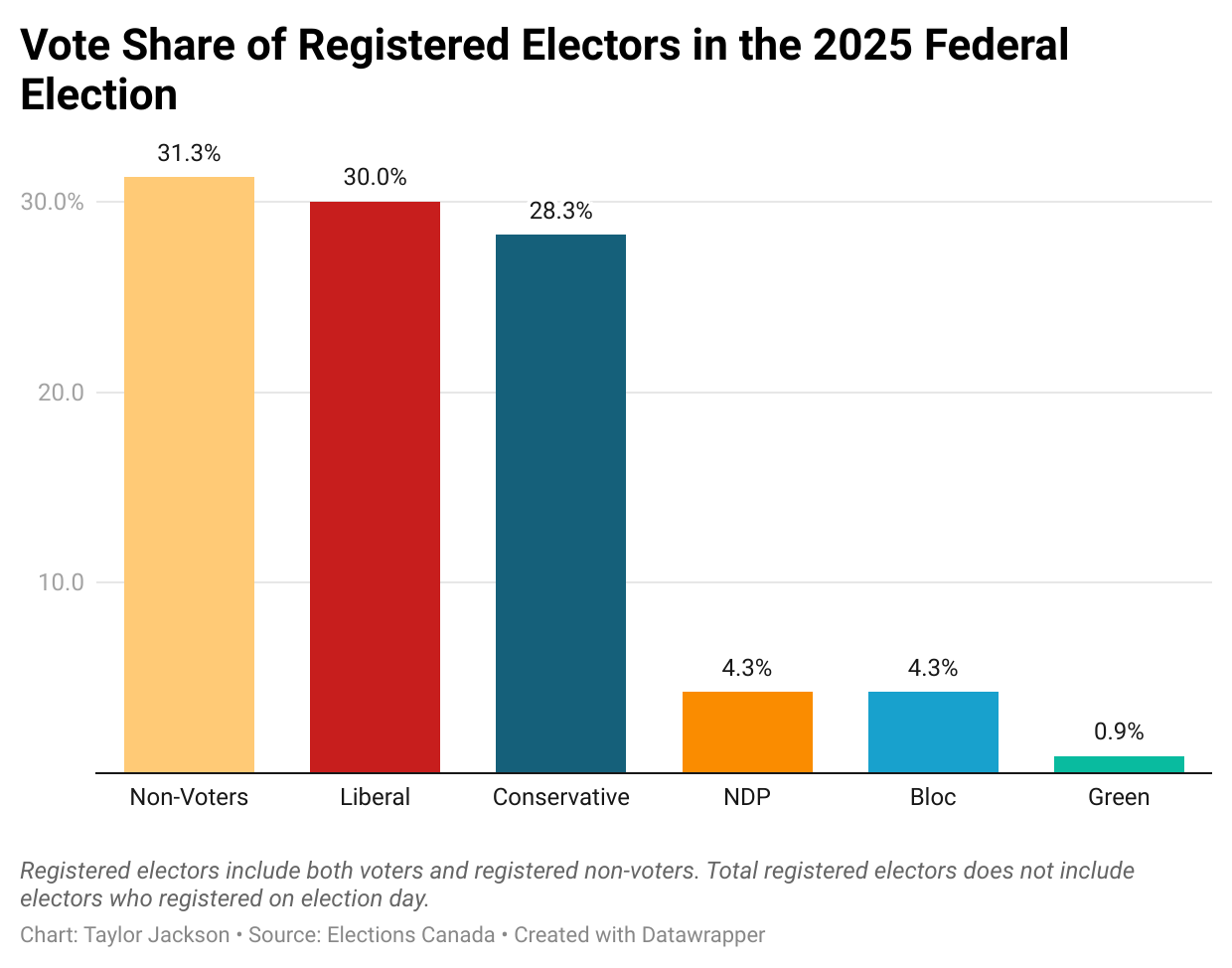
While the overall voter turnout of roughly 69 percent is the highest since the 1993 election, it is still low compared to many historic elections.
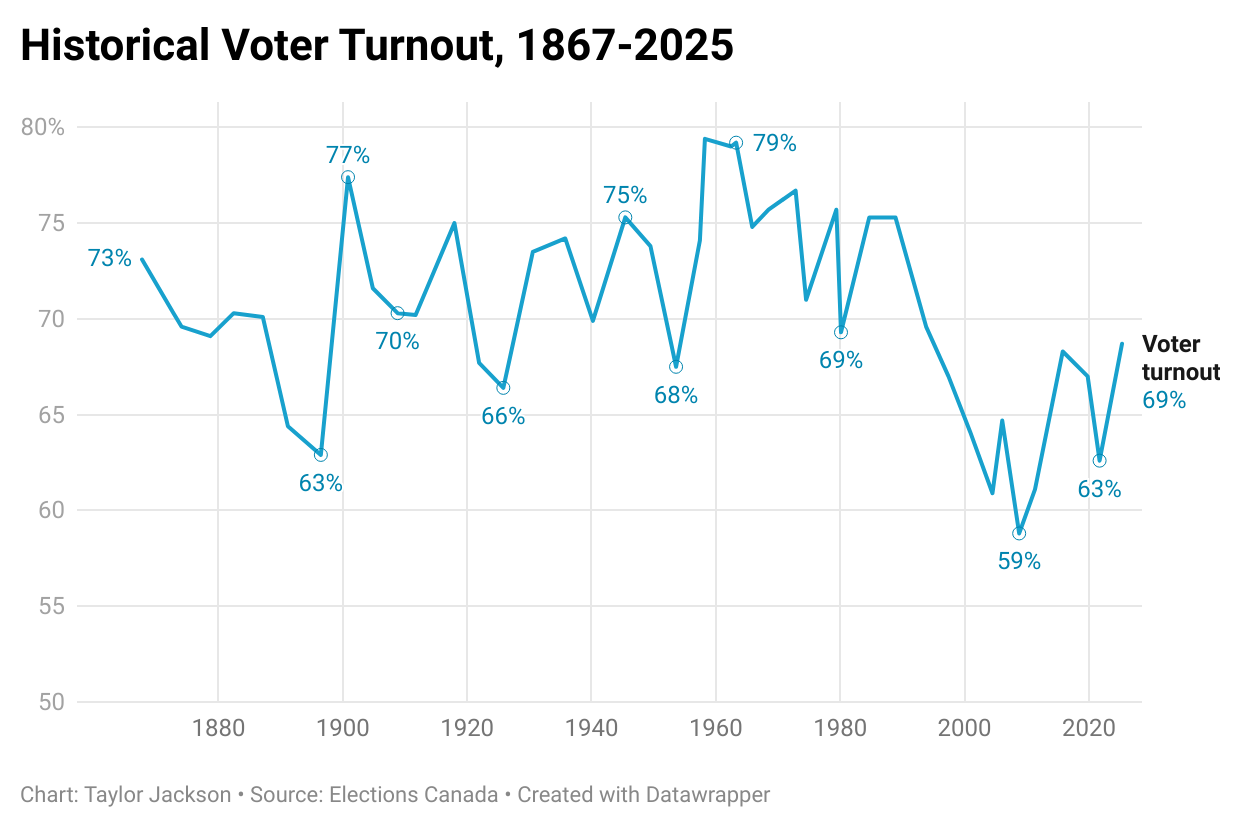
So, what’s going on with voter turnout? Recent research from the European University Institute’s Filip Kostelka and the Université de Montreal’s André Blais may provide some answers. Their study investigated the global decline in voter turnout across democracies, identifying two primary drivers: generational change and the proliferation of elections.
Using an extensive dataset covering 1,421 elections between 1945 and 2017, as well as individual-level survey data, the authors dismiss common explanations for low voter turnout, such as political dissatisfaction, economic inequality, and globalization.
Instead, they argue that younger generations—socialized in periods of economic affluence—exhibit weaker civic norms, leading to lower participation. Additionally, the increasing number of elections dilutes voter engagement.
Voter turnout may have been up this year, but almost one in three eligible voters decided not to vote. Given the stakes in this election, that doesn’t signal the healthiest democracy.
